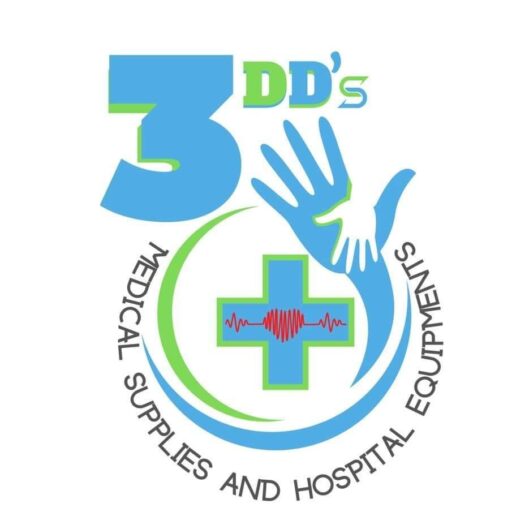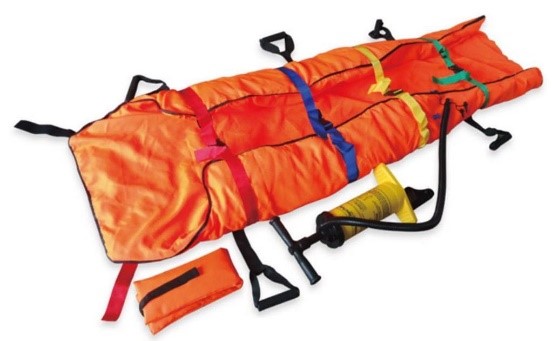In the realm of emergency medical care, every decision holds the potential to influence patient outcomes profoundly. Among the array of tools and equipment available to first responders and healthcare professionals, the emergency vacuum mattress stands out as an indispensable asset. Its multifaceted benefits encompassing patient comfort, immobilization efficacy, thermal insulation, versatility, ease of use, risk reduction, and space efficiency render it a quintessential investment for any medical setting.
- Immobilization: An emergency vacuum mattress provides superior immobilization compared to traditional methods like backboards or splints. It conforms to the shape of the patient, reducing movement and minimizing the risk of further injury, especially in cases of spinal trauma.
- Comfort: Unlike hard surfaces or rigid boards, vacuum mattresses offer cushioning and support, enhancing patient comfort during transportation. This is crucial for long journeys or when patients need to remain immobile for extended periods.
- Thermal Insulation: The vacuum mattress’s design includes layers of insulating material, which help to maintain the patient’s body temperature. This is particularly important in cold environments or for patients experiencing shock, preventing hypothermia and improving overall outcomes.
- Versatility: These mattresses can be used in various emergency scenarios, including trauma incidents, medical evacuations, and wilderness rescue operations. Their versatility makes them a valuable addition to any emergency medical kit or ambulance.
- Easy to Use: Despite their advanced features, vacuum mattresses are relatively simple to use, requiring minimal training for emergency responders. Rapid deployment is critical in emergencies, and these mattresses can be quickly inflated and molded to the patient’s body shape.
- Reduced Risk of Complications: By securely immobilizing the patient and providing excellent support, vacuum mattresses help reduce the risk of complications such as pressure sores, muscle spasms, or secondary injuries during transport. This promotes better patient outcomes and recovery.
- Space-Efficient: Compared to traditional stretchers or backboards, vacuum mattresses are often more space-efficient, especially in confined environments like ambulances or helicopters. Their compact design allows for easier storage and transportation without compromising patient care.



No responses yet